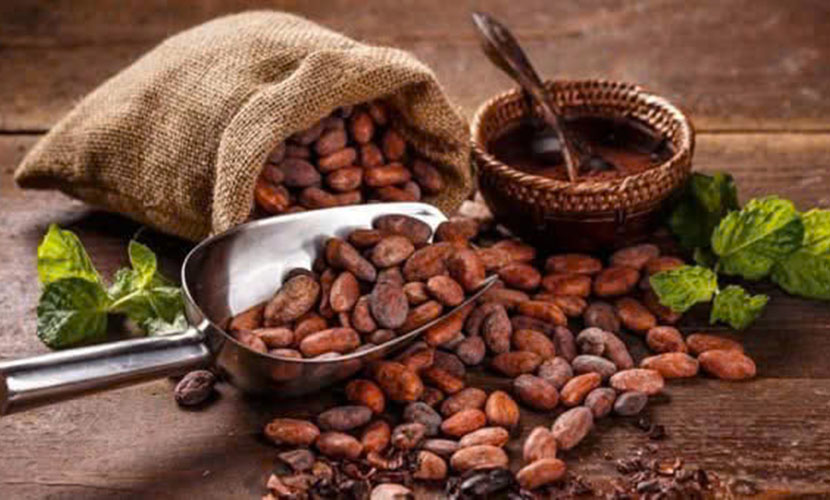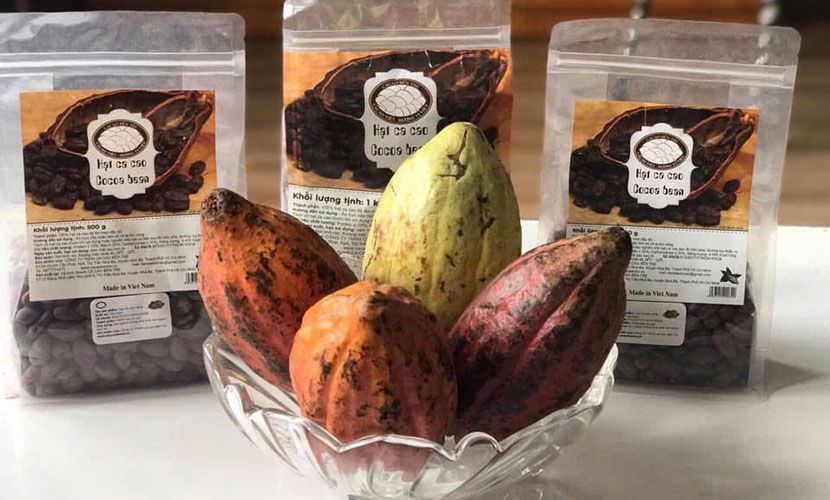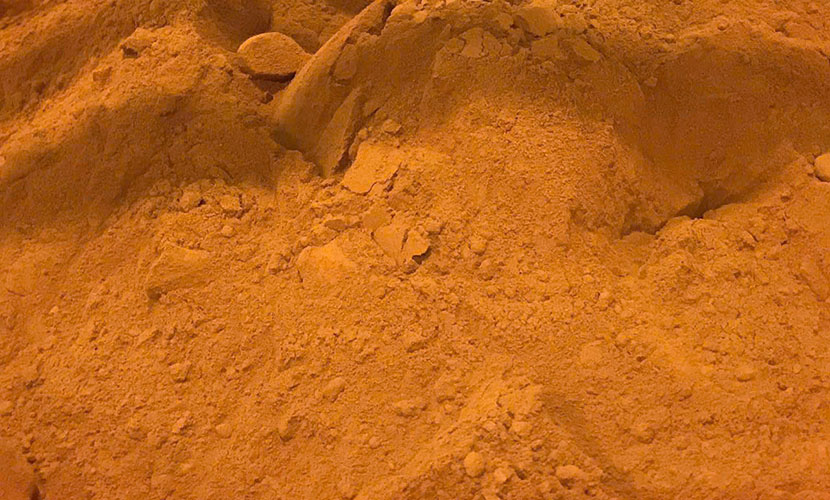
The global cocoa market is undergoing a period of significant turbulence. Notably, price of fresh Vietnam’s cocoa beans reaches VND16,000 per kilogram and VND 260,000 per kilogram of dried beans. These figures are four times higher than the same period last year, and five times higher than in 2022.
These record-high cocoa prices have generated an income of VND 400–450 million per hectare. Accordingly, they have brought joy to farmers. However, behind this golden opportunity lie major challenges. Cocoa planting areas have expanded very quickly, which threatens the sustainable development of the industry.

Vietnam’s cocoa beans
A global supply shortage is the main driver behind the soaring cocoa prices. Ivory Coast and Ghana are two largest producers of cocoa in the world. Only these two countries account for 70% of the world’s cocoa output. However, they are suffering from climate change, drought, and pest infestations, which are raising concerns among buyers.
In Vietnam, the cocoa planting area has dropped to 3,000 hectares, with an annual dried bean yield of 3,500 tons. This volume has been a modest figure compared to coffee (730,500 ha) and cashew (300,800 ha). However, Vietnamese cocoa, especially the rare Trinitario variety, has a distinctive flavor that is attracting international importers. Major chocolate brands have opened factories in Vietnam, prioritizing local processing for export to high-end markets.
The sharp rise in cocoa prices is putting significant pressure on the supply chain. Cooperatives (Co-ops) are struggling to raise enough capital to purchase raw materials. Meanwhile, limited domestic supply has led to intense competition with traders. For businesses, especially those in the chocolate manufacturing industry, the situation is even more severe.
According to an enterprise leader, sharp increase in raw material costs has pushed companies to the brink of cumulative losses. It has been forcing many companies to scale back production, downsize operations, or switch to products with lower cocoa content to stay afloat. The consumer market only tolerates a 15% increase in retail prices. Meanwhile, input costs have multiplied, putting the global chocolate industry at risk of supply chain disruption.
Vietnam has great potential to develop its cocoa industry. Particularly, Trinitario cocoa variety is unique to the region and highly regarded in international markets.

Fresh cocoa from Vietnam
Currently, Vietnam owns 3,471 hectares of cocoa with 2,836 hectares under harvest. They produce 4,786 tons of dried cocoa beans and a yield of 1.69 tons per hectare. Vietnam’s cocoa production is concentrated in the Central Highlands, Southeast region, Mekong Delta, and South Central Coast.
Mr. Justin Jacquat, Cocoa Manager for Asia-Pacific, noted that Vietnamese cocoa production volume reaches 3,500 tons per year. This volume is small compared to countries like Malaysia or Indonesia (200,000 tons/year).
However, its distinctive flavor gives Vietnamese cocoa beans a competitive edge in the premium segment. To maximize this advantage, the industry needs to focus on deep processing and advanced technology. In addition, the industry should build a sustainable value chain from farmers to businesses.
With an additional plantation of 500 hectares in 2025, the sector should prioritize areas that meet international standards, with traceability and quality assurance. Intercropping with coffee, cashew, or banana, which require relatively low care costs, could offer dual economic benefits. However, this must be accompanied by careful planning and advanced techniques.
The excitement among farmers over high cocoa prices is driving a trend toward rapid expansion in planting areas. This is a scenario that has played out before with other agricultural products in Vietnam. During the cocoa “golden age” in 2012, planting area reached 25,700 hectares.

Vietnam’s cocoa powder
However, by 2023, this number had dropped by nearly 90% due to volatile prices and competition from other crops such as durian and avocado. Without proper control, mass planting could lead to oversupply, price crashes, and long-term devaluation.
Experts warn that cocoa is a long-term industrial crop that requires significant investment and technical expertise. Therefore, it is unsuitable for spontaneous plantation of cocoa trees. A lack of planning and management, coupled with unsuitable soil conditions, could lead to unwanted consequences.
The cocoa industry must avoid repeating past mistakes seen in coffee and pepper production, where sudden surges in output caused surplus crises. Instead, a sustainable strategy focused on quality and premium markets will help Vietnam’s cocoa rise as a leader in Southeast Asia’s cocoa industry.
If you need more information about cocoa beans from Vietnam, please do not hesitate to contact us:
Company: Agrideco Vietnam Co., Ltd.
Address: No 02, Alley 325 Kim Nguu, Vinh Tuy Ward, Hanoi, Vietnam
Tel/Kakao Talk/Whatsapp: +84 989 649 804
Website: https://agridecovietnam.com
Email: agridecovietnam@gmail.com
